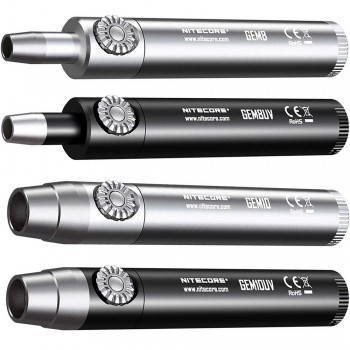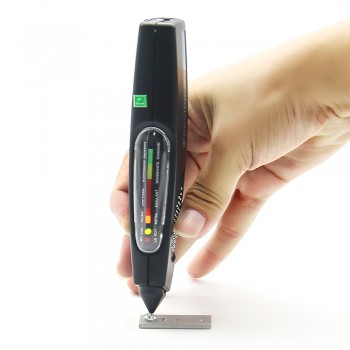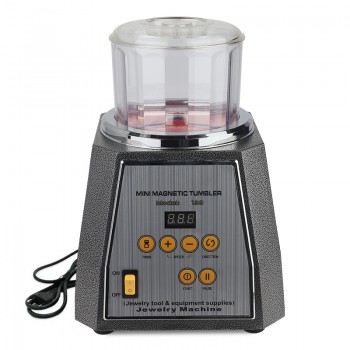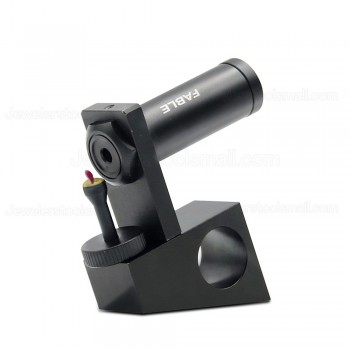
Calcite Dichroscope
What is it?
A calcite dichroscope is a small optical instrument used in gemology to observe pleochroism—the effect in which gemstones display different colors or shades when viewed from different angles. It helps professionals identify stones by analyzing crystal structure and light absorption behavior. This device is made from a natural calcite crystal that splits incoming light into two rays, allowing two color images to be viewed side by side through a window. It is widely used for identification and evaluation of both rough and polished materials.
Working Principle and Function
It operates based on double refraction, a natural optical property of calcite. When light enters the crystal, it separates into two polarized rays that travel at slightly different angles. Each ray carries different wavelength information, producing two distinct color images. By comparing them, the user can determine whether a gemstone is singly refractive, doubly refractive, or shows pleochroism. This method is especially used for stones such as tourmaline, sapphire, and tanzanite, which display noticeable color variation under polarized light.
Structure and Characteristics
A typical unit consists of a metal or plastic housing that contains a calcite crystal, along with an eyepiece and a viewing window. Some versions include built-in filters or protective lenses to improve visual clarity. The compact and portable design supports easy handling in both laboratory and field environments. It does not require electrical power, making it practical for quick analysis. Clear contrast between the two viewing fields allows direct comparison of color differences under a suitable light source, such as daylight or an incandescent lamp.
Purchase and Operation Considerations
Before purchasing, it is advisable to check whether it includes clear instructions and proper packaging to protect the calcite prism. During use, the gemstone should be held close to the viewing window and illuminated from behind with a stable light source. The user should rotate the stone slowly to observe changes between the two adjacent fields. If both windows appear the same, the material is likely singly refractive; if different colors are visible, it indicates double refraction or pleochroism.
Application Areas
Calcite dichroscope is commonly applied in laboratories, jewelry manufacturing, and the gemstone trade. It helps identify stones such as tourmaline, topaz, sapphire, kunzite, and tanzanite based on optical behavior. In workshop settings, it supports authenticity checks before grading or setting. It is also used in education and research to demonstrate crystal optics. For dealers and appraisers, it offers a fast method to observe color variation during examination.












